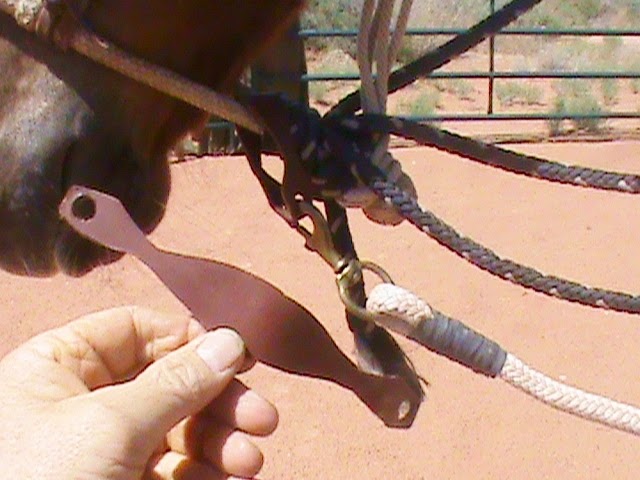Barbara wrote to ask about getting her horse to drop weight..."I spent about two months recovering from a broken ankle so I enlisted some friends to feed my horse. I left some detailed instructions and consistently talked to the two ladies who fed for me. Imagine my suprise whern I finally made it out to the barn and discovered my mare looking nine months pregnant! I usually feed alfalfa, smaller amounts of grass and one large coffee can of sweat feed which is about three pounds, but only in the evenings. Can you give me what your ideas would be on how to get my horse to safely drop weight? Thank you, Barbara."
Hey Barbara, I hope you are not writing me thinking I am an expert on horse feeds, because I am not. I have just experienced many people impacting horses, usually in a bad way, by following feed routines and not knowing either why they are doing or what issues their feed practices can cause. And many horse issues can feed issues.
I don't feed sweet feed, primarily because of the high sugar content and chance of the feed to go rancid or mold, and I think my horses' nutritional needs are being met without it. I am not saying that Sweet Feed is dangerous for horses, I just don't use it, and think most horse's don't need it. I do use a pelleted feed from ADM called Patriot.

I'd make sure your horse is over weight, sometimes their looks will just fool you. If your horse can stand to drop some weight, there will normally be fat deposits on the neck and in the shoulder -above the shoulder area.
Other areas to look at would be the ribs - you should feel them with your hand and/or see them when the horse moves - if not your horse is probably over weight. Also the spine area where the fat may be higher than the spine, and the butt-tail head area where fat also usually deposits. The horse in the picture can stand dropping some weight. This mare, in the pictures and bottom right), falls between the fleshy and fat category and needs to lose some weight.
 To your question about getting your horse to drop weight,......safe weight loss is more about activity or exercise than feeds. The more exercise they get, the more calories they burn and given the same amount of feed they will lose weight. A moderate amount of daily exercise, riding, lunging or even turnout can be effective without changing your feed amounts, at least changing them too much.
To your question about getting your horse to drop weight,......safe weight loss is more about activity or exercise than feeds. The more exercise they get, the more calories they burn and given the same amount of feed they will lose weight. A moderate amount of daily exercise, riding, lunging or even turnout can be effective without changing your feed amounts, at least changing them too much. Changing feeds and/or your fed routine is a gradual process. If you are planning on reducing your horse's feed, without increasing exercise, to get her to drop weight then I would suggest a very gradual reduction in her feed. I had a horse that was a little too heavy that I couldn't get to for a month or so, so I reduced his hay by about 1 to 2 lbs day and within a few weeks, maybe four weeks, I could tell he lost some weight and did so safely.
If you do decide to lower the feed amount, then gradually is the key.
According to Equine Clinical Nutrition, by Lon Lewis, an average 1,100 lb horse needs 16.4 mega-calories (Mcal) of digestible energy per day just for maintenance. When light work is added that 16.4 Mcal can be multiplied by 1.25 and hard work can increase that factor to 2.0. That doesn't mean after a long hard ride that you need to give your horse twice as much feed, but I'm quoting Lon Lewis to pain the picture that added exercise will often solve the problem.
One more thing,...a good feed resource is a book called The Horse Nutrition Handbook, by Melyni Worth,...might help you pass the time as your ankle fully heals. Good luck Barbara.





















